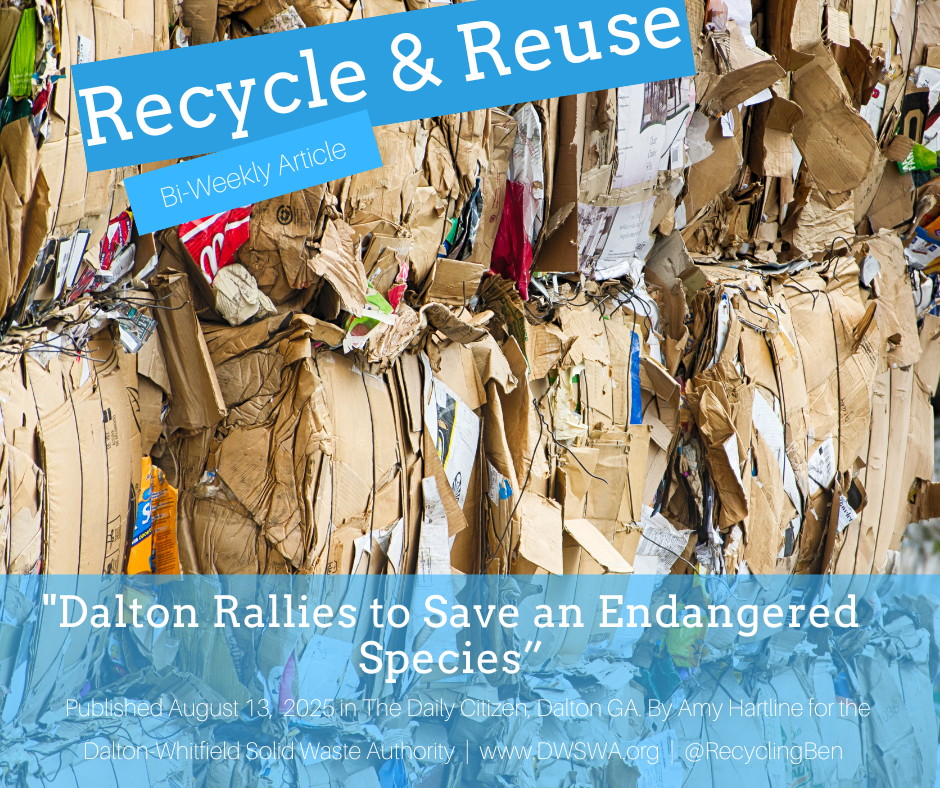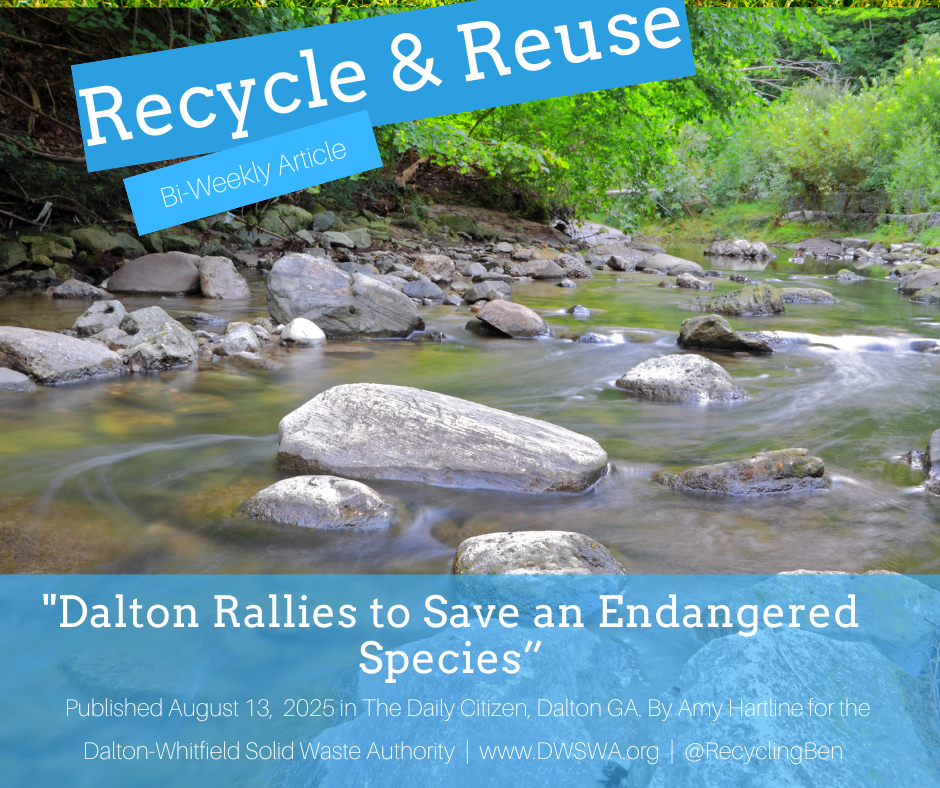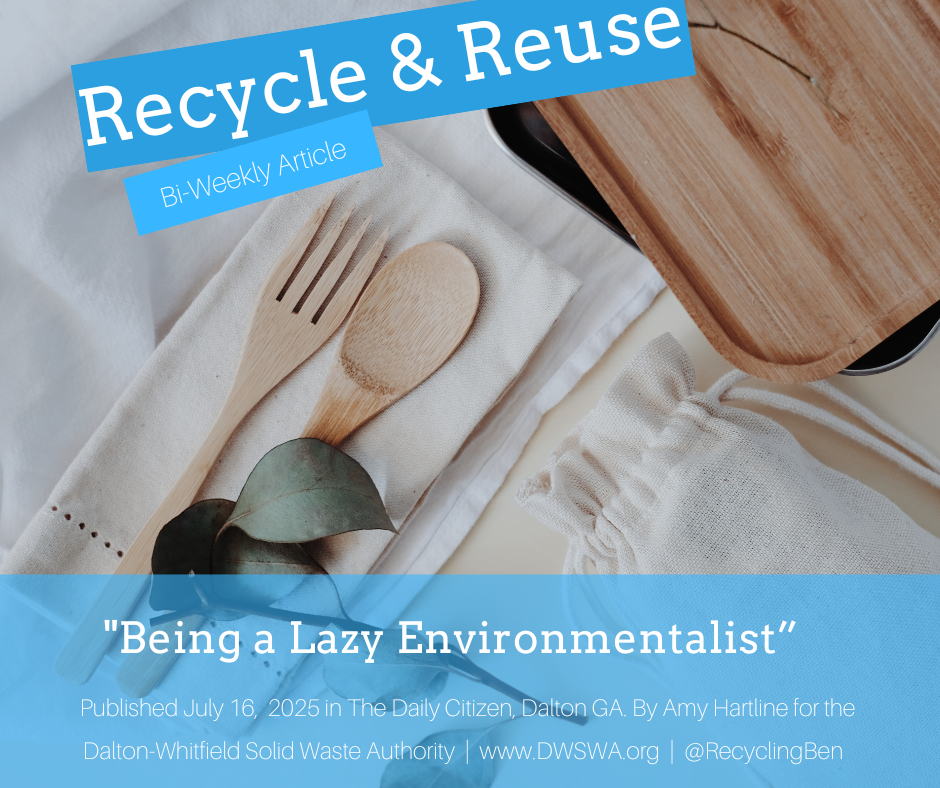Making Seed Bombs for National Seed Swap Day
/(Published on Wednesday, January 27, 2016 in The Daily Citizen, Dalton, GA.)
Recycle & Reuse: Making Seed Bombs for National Seed Swap Day
Growing your own food? Help increase the biodiversity of seeds by participating in National Seed Swap Day.
Since mankind discovered agriculture to grow food humans have been swapping seeds. While a small seed may have the power to grow into a food source, it also contains the story of the people who grew and cultivated it. An heirloom tomato seed for example may tell the story of how that particular type of tomato was grown in a garden by a great-grand parent who enjoyed making tomato soup and pasta sauces with it. Today that same seed may be used by the grand children making it a much loved part of their family heritage.
Over the years, as agriculture has become more centralized and less people are growing their own food, the variety of seeds has greatly decreased. According to a study conducted in 1983 by Rural Advancement Foundation International the amount of seed varieties offered by seed houses had dramatically decreased compared to those recorded in 1903. On average the sixty-six crops surveyed saw a ninety-three percent decrease in variety, including the extinction of some heirloom seeds. While the loss in seed biodiversity is disheartening there is a movement in a positive direction.
A special National Gardening Association report issued in 2014, Garden to Table: A 5-Year Look at Food Gardening in America, found that there was a seventeen percent increase in home gardening and community gardening during the five-year period. The report shows that more young people, particularly millennials (ages 18 - 34), are the fastest growing population segment of food gardeners. In 2008 there were 8 million millennial food gardeners. That figure rose to 13 million in 2013, an increase of sixty-three percent. With the growing interest in growing food there comes a growth in seed exchanges.
Last Saturday was National Seed Swap Day, a day when gardeners can collect and swap seeds with each other. While exchanging seeds has been going on for centuries this particular holiday became official in 2006. Seed swap event participants may hear a keynote speaker, attend a class about gardening, and exchange seeds they have brought in pre-labeled envelopes. You don’t have to attend a large event to exchange seeds of course. Contact friends and family who grow their own food and find out if they have seeds they can meet you for an informal exchange of your own.
Seed diversity is an issue that has gained momentum in recent years. If you’re interested in learning more I recommend the book The Seed Underground: A Growing Revolution to Save Food by Janisse Ray. In her latest work of literary nonfiction, award-winning author and activist argues that if we are to secure the future of food, we first must understand where it all begins: the seed. Also available is the documentary Open Sesame: The Story of Seeds which was released in 2014. This film tells the story of seeds by following the challenges and triumphs of some of their most tireless stewards and advocates.
I don’t have a garden right now, so in honor of National Seed Swap Day I decided to make seed bombs, also called seed balls. Seed bombs are small balls of clay and compost packed with seeds which are thrown in vacant lots, abandoned planters, or any bare patch of dirt that needs to be made more beautiful. The most popular seeds to include are wildflowers which tend to be more hardy and require less care than other types of plants.
The most basic seed bomb recipe I found is from Kidsgardening.org. You’ll need air dry craft clay, compost or potting soil, and seeds. Divide the materials so that you have five parts clay, one-part compost or potting soil, and one-part seeds for each ball. Next combine the clay and compost, adding a little water if too dry to mold. Flatten the mix then add seeds to the middle. Work the materials together so they are mixed fairly evenly. Shape the materials into the size of a golf ball or a marble.
Allow the seed bombs to air dry in a shady place overnight. Store them in a cardboard box until you’re ready to go out and toss them onto a vacant lot. When the ball is watered, either manually or with rain, the clay will break down and the seeds will begin to grow.
There are many other variations of seed bombs online which substitute the use of clay with paper pulp. However, blending seeds in a paper pulp or any extremely wet material is not recommend since the process may trigger germination before the seeds are in the right place.
Seed balls are also a good way to help start very small seeds that are difficult to keep track of after they’re planted. Instead of burying a seed you simply place the ball on top of the soil in the appropriate place in the garden.
Liz Swafford is the Recycling and Education Program Coordinator for the Dalton-Whitfield Solid Waste Authority. Contact her at 706-278-5001, or e-mail lswafford@dwswa.org.
































